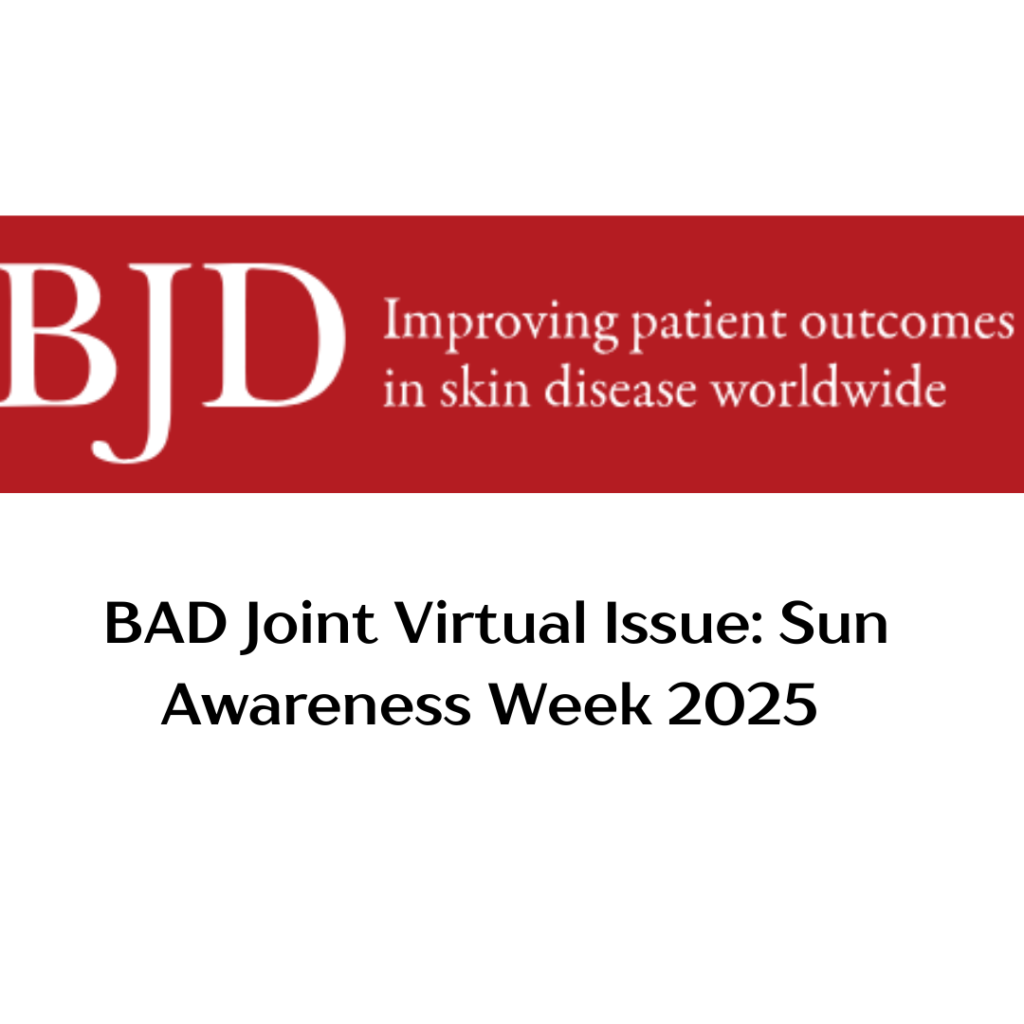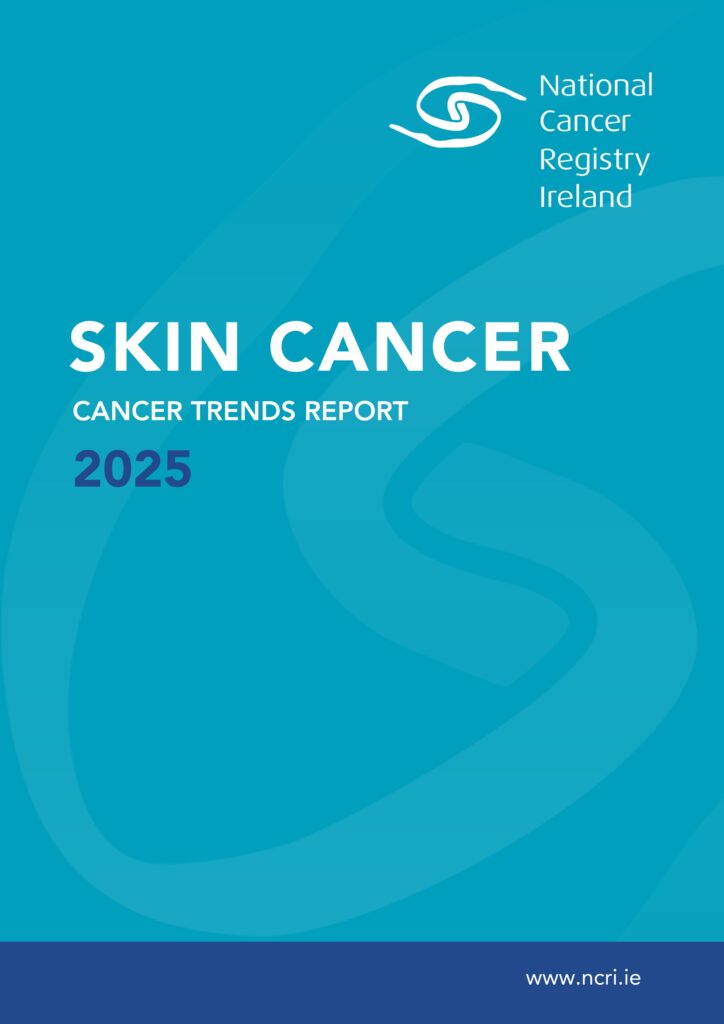What is Seborrhoeic dermatitis?
Seborrhoeic dermatitis is a common skin condition, causing scaly red patches of skin and flaking.
It mainly affects areas on the body where there are a lot of oil-producing (sebaceous) glands and is more commonly found on the scalp, centre of the forehead, sides of the nose, eyelids, eyebrows, moustache and bearded area, behind the ears, armpits and upper chest, under the breast and groin.
The word “Seborrhoeic” means that the rash affects greasy skin regions. The word “dermatitis” means red, itchy, flaky skin. Seborrhoeic dermatitis is also called Seborrhoeic eczema.
Summary
Seborrhoeic dermatitis is a common skin condition, causing scaly red patches of skin and flaking – it is also known as Seborrhoeic eczema.
Signs
The affected areas are usually faintly red (salmon-pink in colour), greasy-looking white/yellow skin flakes depending on the body site affected. For example, affected scalp will vary from mild flaky dandruff to scalier and inflamed skin. Whereas skin folds affected such as under the breasts, groin or under arms look different as the skin is pink and shiny and little or no flaking.
Symptoms
These vary from person to person and range from mild to moderate/severe. Skin flakes (dandruff) may be prominent on scalp, hair, eyebrows, beard or moustache. Affected areas may or may not be itchy. Affected areas may be red and inflamed. Symptoms can vary from day to day for individuals.
Causes
The exact cause is poorly understood, but it is thought that in adults it is an inflammatory reaction caused by an overgrowth of harmless yeast that already lives on our skin called Malassezia.
Risks
It is important to mention that Seborrhoeic dermatitis is not contagious and is not caused by a lack of cleanliness, but it can be triggered by stress, change of season, and fatigue. People who have already an underlying immunodeficiency condition may be also susceptible.
Summary
Seborrhoeic dermatitis is not contagious and is not caused by a lack of cleanliness, but it can be triggered by stress, change of season, and fatigue.
Diagnosis
It is important to visit your GP to establish a diagnosis and receive the appropriate treatment.
Treatment
Unfortunately, Seborrhoeic dermatitis cannot be cured and can be chronic and recurrent. However, effective control is highly attainable. Treatment also depends on areas of the body affected.
Scalp: medicated, anti-dandruff shampoos contain certain active ingredients to reduce scale and yeast. For best results, lather shampoo onto scalp and leave as per manufacture’s advice before rinsing out.
Elsewhere on the body: Antifungal creams are used and sometimes combined with a mild steroid to settle the redness. Again use as directed by your Doctor or nurse.
Self-care tips
- If scalp has thick scale, soften scale by applying almond/olive/coconut oil to scale, leave in for an hour or so, then comb or brush your hair and wash it.
- Wash your skin with a soap substitute
- Apply medicated creams and shampoos as directed only. Different products may work slightly differently. Always read the patient information leaflet that comes with your shampoo, if you have any questions, ask your Doctor or pharmacists for advice.
- Avoid skin or hair products with alcohol, as these may irritate and dry out the skin.
- Wear smooth-textured cotton clothing as it keeps the skin cool and less irritated.
If you need guidance about Seborrhoeic dermatitis or other skin disorders, contact the ISF Helpline here.












